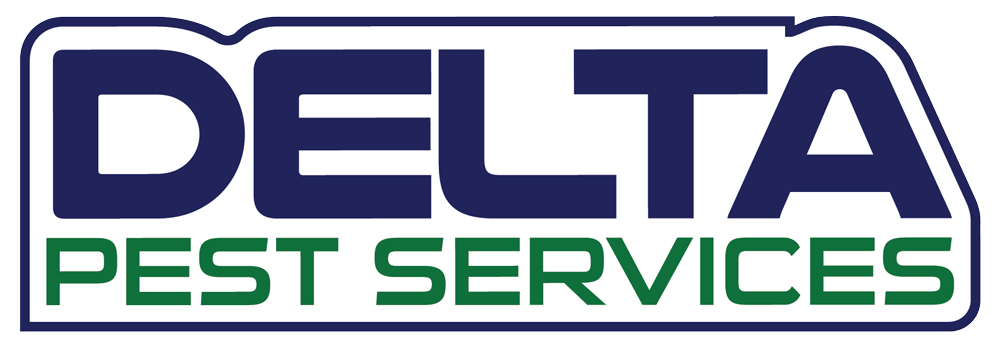Serving Southeastern Louisiana
The Bugs won't wait. Why should you?
Drywood Termites
LEARNING CENTER
Learn More About Drywood Termites
DRYWOOD TERMITES
Learn More About Drywood Termites
Drywood termites are a group of termites that build their nests within moisture-free wood. Drywood termites are sometimes called powderpost or furniture termites due to being found commonly infesting furniture. Drywood termites occur in small colonies in isolated wood pieces. Multiple colonies can infest a structure simultaneously. They often remain hidden within the wood or other material on which they feed, which is why regular termite inspections are so important.
- Drywood termites
- Subterranean termites
Pest Identification:
Size
Soldiers grow to ¼ in.; reproductives grow to ½ in.
Color
Soldiers are pale brown with dark brown heads and mandibles; nymphs are pale white.
Body Structure
All drywood termites have elongated oval bodies without segments, making them different in appearance from ants. Swarmers feature four, equally-sized wings that extend past the abdomen. Immature nymphs are wingless.
Characteristics
Winged swarmers mate and produce eggs, which are lain deep in a crevice in a piece of wood. Gestation takes approximately 6 months and the king and queen will continue to feed the offspring up until their third “instar,” or development cycle. It can take up to 5 years before a colony fully matures and winged swarmers are produced.
Habitat & Behavior
Drywood termites are social insects that reside within a colony. Although less stratified than subterranean termites, there is a caste system in place. Within a colony, kings and queens are responsible for all reproduction with immature nymphs performing food gathering chores. Soldiers are solely responsible for defending the colony against predators. As the name implies, drywood termites are found in dry wood and timber; they do not burrow like subterranean termites. They feed on cellulose material, which can include everything from structural timbers to books and carpet. Drywood termites are nocturnal, so spotting one in the daytime is unlikely; however, an infestation can be recognized by finding discarded wings of swarmers, piles of sawdust or wood shavings, as well as frass--pellet-sized droppings that take on the color of the wood the termites have digested.
Commonly Active
Spring / Summer / Fall
Prevention & Treatment
If frass or piles of sawdust are noted around your home, particularly around window or door frames, contact a pest control professional immediately. A trained professional will be able to identify the species of termite with certainty and then implement a proper treatment plan. Find out more about termite elimination options.
.
NEW ROADS LOCATION
1052 Hospital Road
New Roads, LA 70760
Main Phone: (225) 638-6969
SERVIng AREA
Baton Rouge, LA
Covington, LA
Denham Springs, LA
Gonzales, LA
Hammond, LA
New Roads, LA
Prairieville, LA
St. Francisville, LA
Zachary, LA
and surrounding areas

Share On: